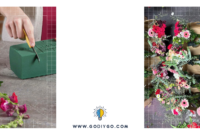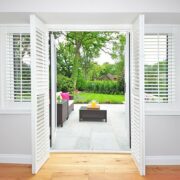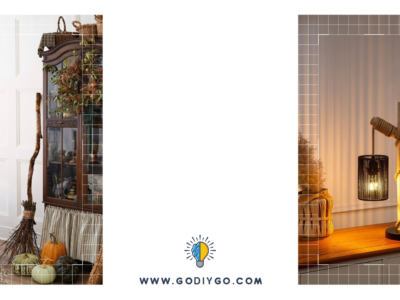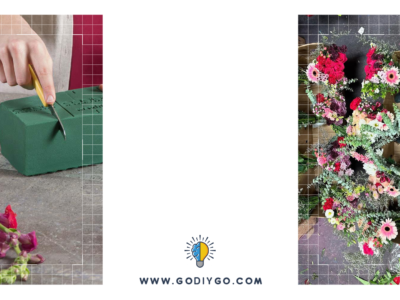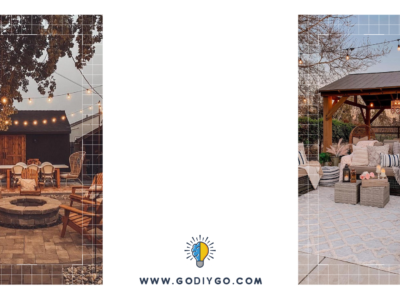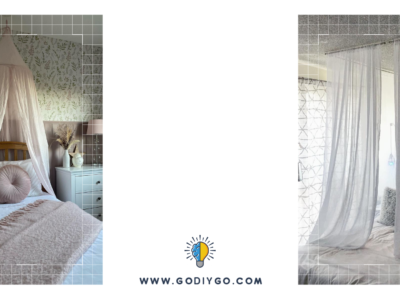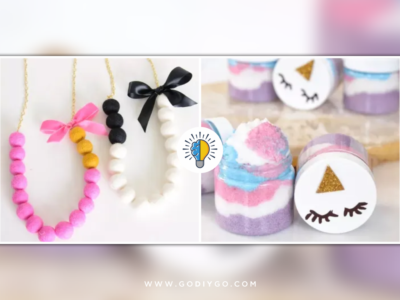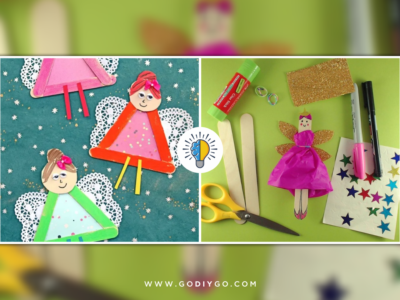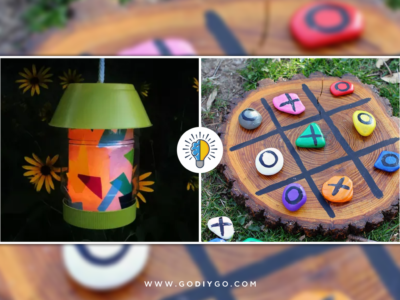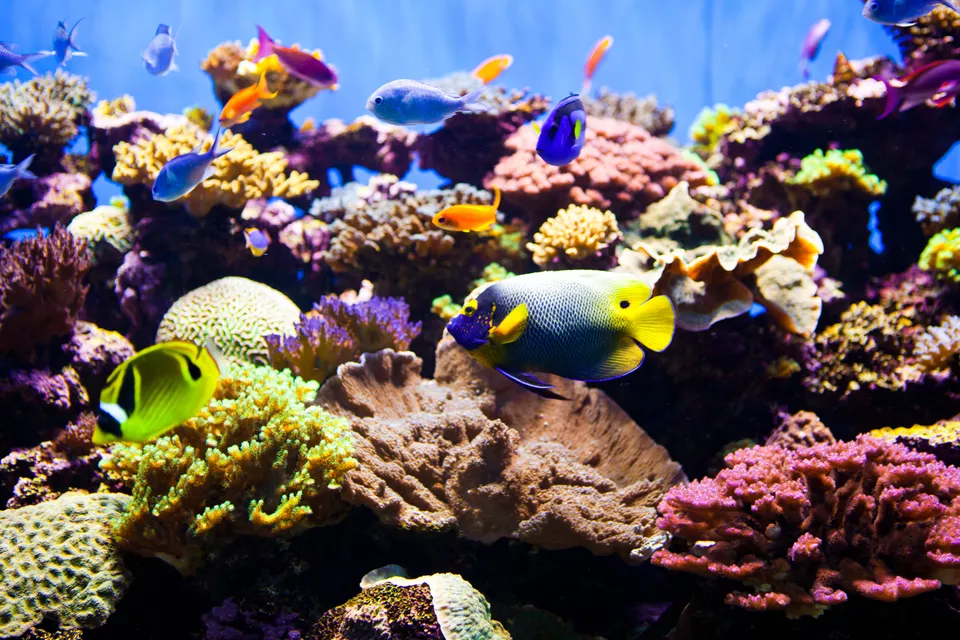
An aquarium adds a lot to a home. When you’ve got a tank that’s got a wide variety of different kinds of fish as well as numerous different plants, it’s like having a huge chunk of nature sitting right there in your living room.
You can basically recreate the same ecosystem that fish would be used to in their natural habitat and then be able to watch how they live their normal lives and react to plants and other fish from the comfort of your home.
There’s been a lot of research into why fish are such a popular pet, and it has been determined that there are genuine health benefits. The most significant of which is how watching fish swim in a tank can have a hypnotic, relaxing effect which can reduce anxiety.
The unfortunate side of all of this is the fact that in addition to being one of the more popular pets, fish are also one of the most mistreated pets out there. Many people think you can just stick some fish in an aquarium, feed them every once in a while and you’re good.
That’s not true though. The water needs to be regularly changed, and for a tank with a lot of plants, stones and ornaments they need to be tended to too. And you also need to have an adequately sized aquarium.
So many fish are living in tanks that are way too small. If you want an aquarium and you want to make sure that it’s a good size, then why not build it yourself? Let’s have a look at a few things to keep in mind:
Aquarium Type
There are a bunch of different kinds of aquariums that you could build for your home, and they all have their own quirks and intricacies which make them interesting and different from the others.
For the most part, the differences are determined by the type of fish that you can keep in the environment. So you’ve got the likes of a coldwater aquarium, which is a pretty simple one because you don’t need heaters or anything fancy like that.
This is the type in which you would keep some of the more common aquatic life such as goldfish. On the opposite end of the spectrum the saltwater aquarium. These tanks are more difficult to maintain.
You need to keep them heated, the fish will have a greater need for plants and ornaments to recreate the environment and you will also need to keep the tank intermittently lighted for the purpose of keeping the plants alive.
You could also have a brackish water aquarium which is a kind of a mixture between fresh and saltwater. And then there is the much less common blackwater aquarium, which recreates an environment similar to what you would find in a tropical rainforest.
Glass
No matter what kind of aquarium you choose, there are some building materials which are universal among them all. The thing to consider about this is that you are going to be working with glass.
This can be a little tricky and it’s important that if you plan on cutting the glass yourself (which I would recommend to make sure you can have the right size for the specifics of your home) that you be very careful.
What you’re going to need is a pane for the bottom, the front, the back, and then two smaller end pieces. These panes of glass need to be a specific thickness depending on how big you want the aquarium to be.
Make sure you know the height and length you have planned for your tank and then you can refer to this chart to determine how thick the glass needs to be. And before you cut, be sure to draw some diagrams with very precise lengths.
The last thing you want is to cut the glass only to realize you’re off by just a few inches with one pane and have to buy more of it and start over. Don’t use glass for the top of the tank, instead go for a canopy or a lighted hood.
Other Materials
Because most of the tank is going to be made of glass, the rest of the materials list isn’t particularly long. Firstly, you will need an emery cloth or some kind of sandpaper so that you can buff down the glass once it’s been cut.
You could potentially leave tiny little sharp parts on the glass when cutting and they all need to be removed, otherwise, they could be dangerous to your fish. You’ll need a sealant for sticking the panes together.
The best one to go for would be a non-toxic silicone sealant, and you can secure the glass panes with duct tape before you apply it. And then you can take the duct tape off once it’s dry, obviously.
Be sure that you clean the sealant off all of the edges as you are working. Use something strong but which won’t harm the glass such as acetone. Be sure to leave the tank alone for about twenty-four hours to let the sealant cure.
Due to the fact that you are dealing with glass, and that you need to be extremely precise with your cuts since you are building something that is designed to hold living creatures, this is probably a DIY project for people a little more advanced.
It’s a fun and challenging project though and it will definitely be with it afterwards when you can see a variety of fish swimming around in something that you built from scratch.




